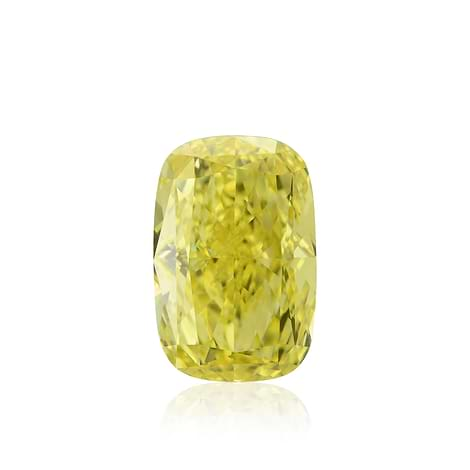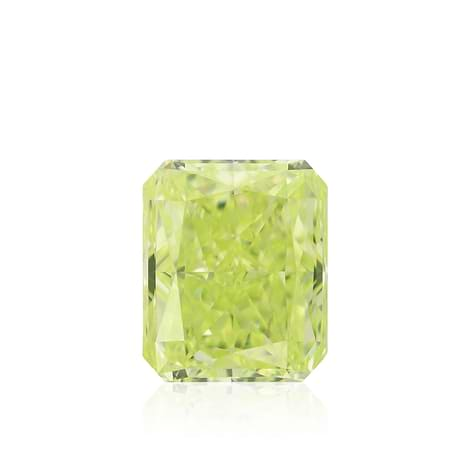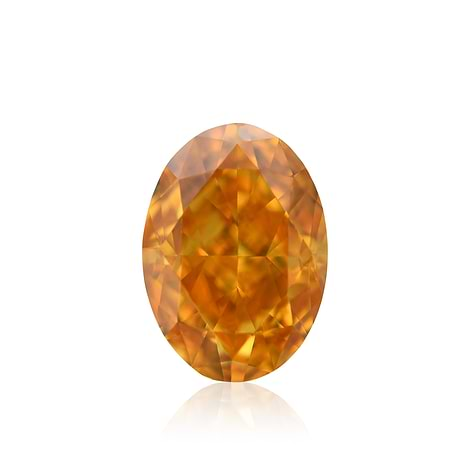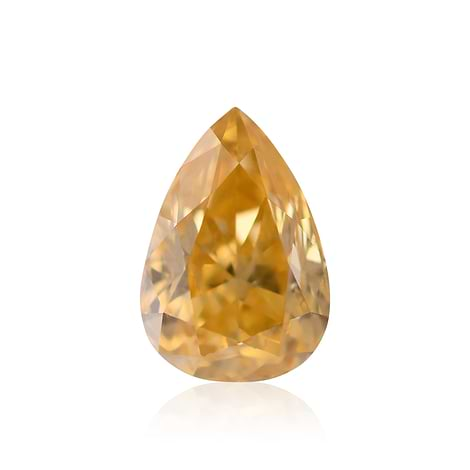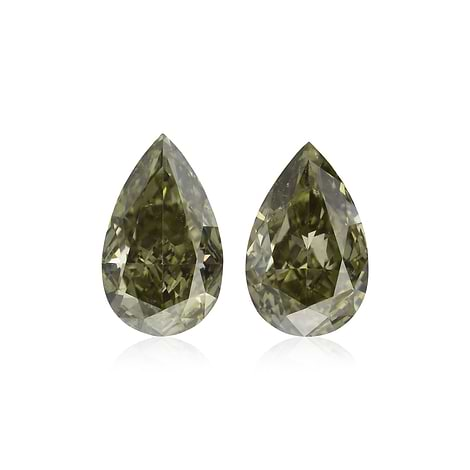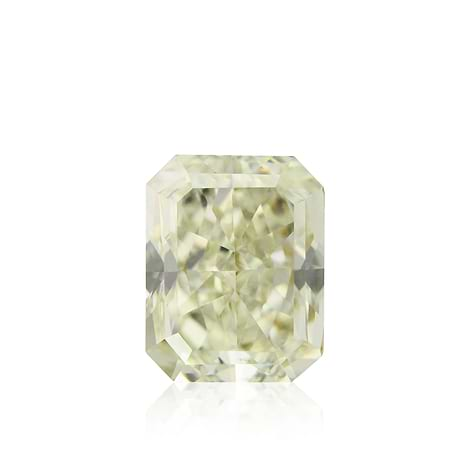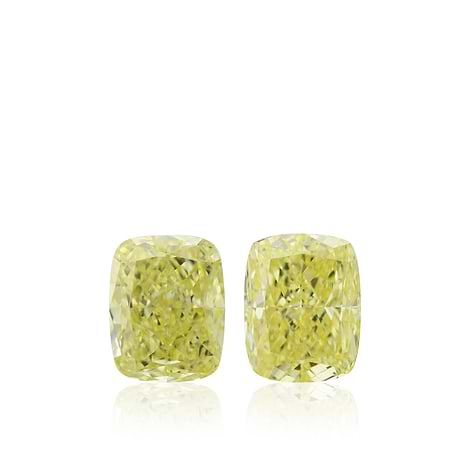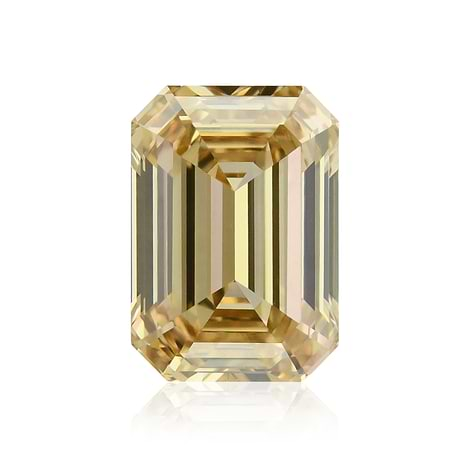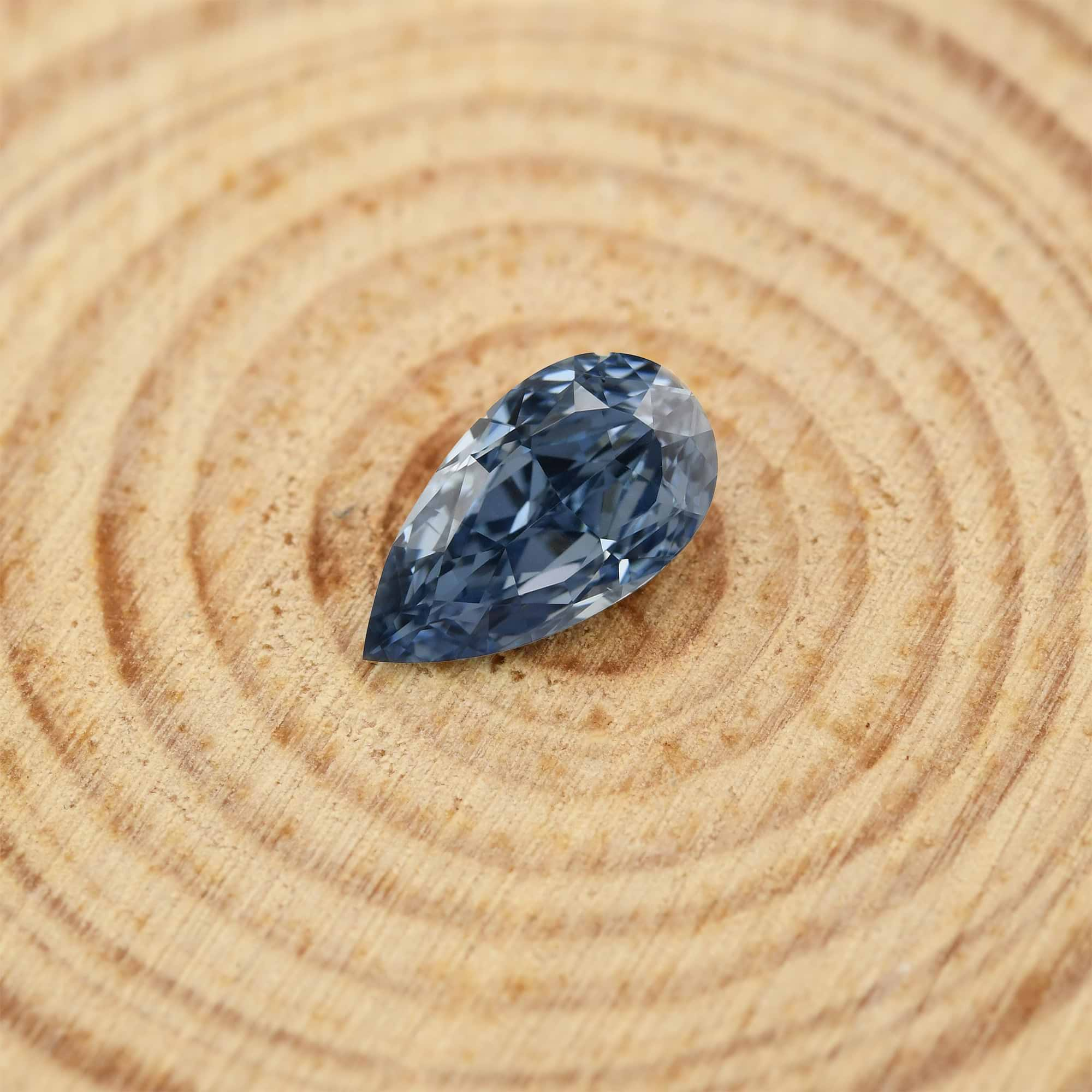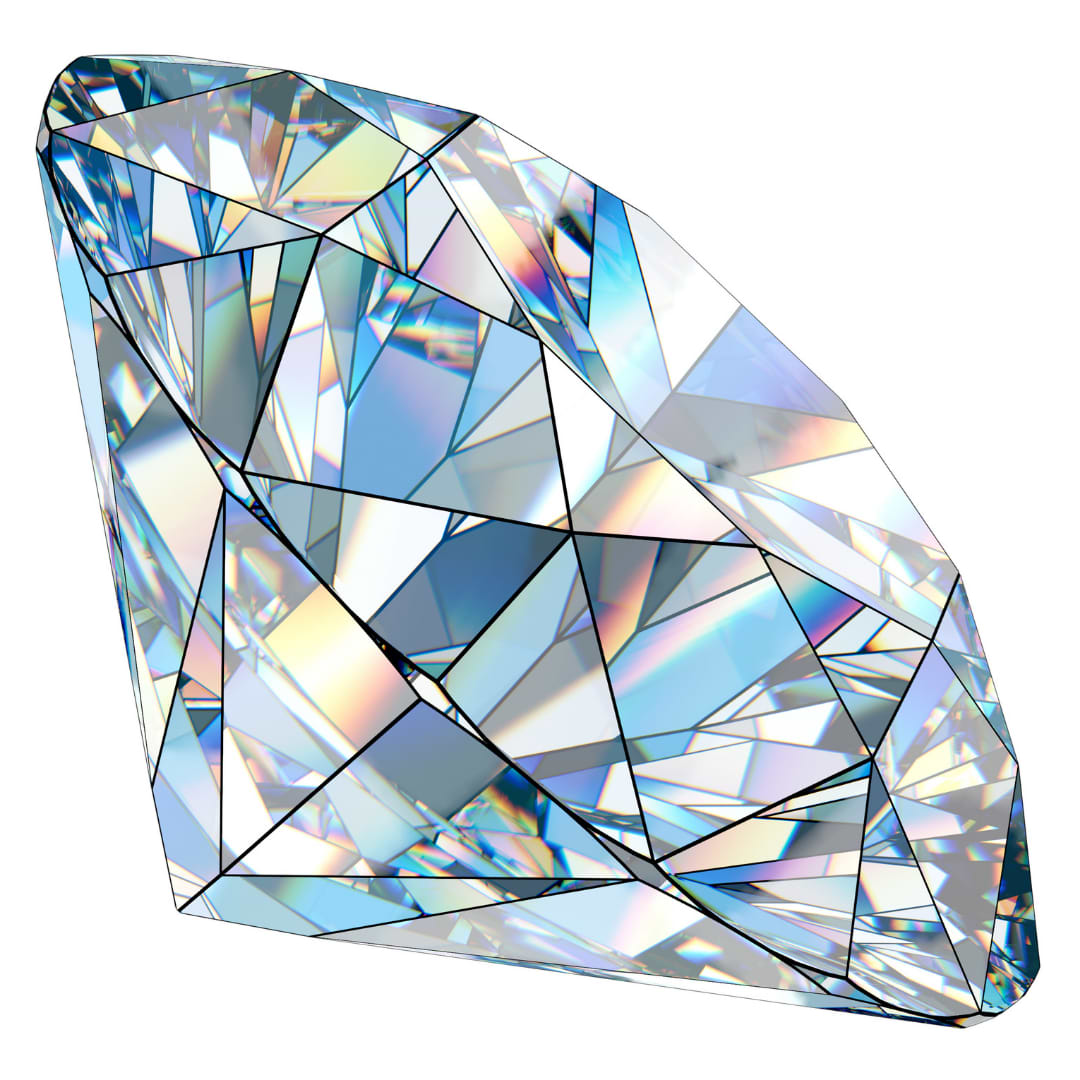Rihanna might sing, “Shine like a diamond” in her popular song “Diamonds,” but not every diamond truly shines, at least not in the sense that we imagine. So why do diamonds sparkle, and why do some sparkle more than others? Let us take a look at what makes the hardest substance known to man also the stone that sparkles the most.
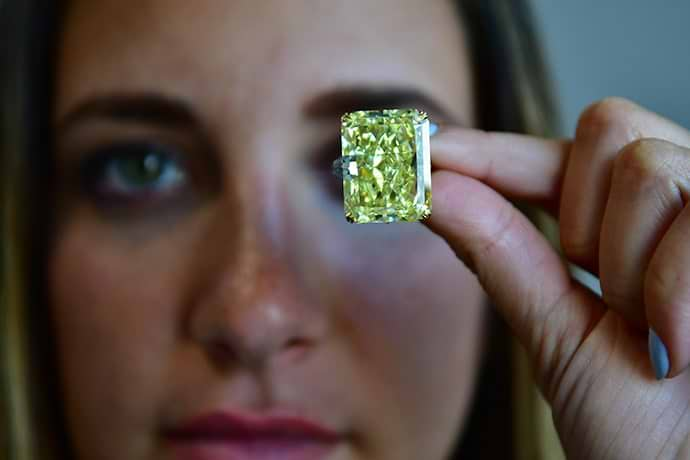
Up close and personal to a vivid yellow diamond ring
The Cut Factor
As many may already know, the cut of a diamond is one of the most important factors. It is so important that it is one of the 4Cs, the four main categories through which a diamond is graded. When talking about colorless diamonds, although all four are considered of equal value, this is the one you need to look out for. In color diamonds or colored diamond jewelry, it is less significant, just as carat and clarity. Still, they are all important, but not as much as the color which is the main factor.
Fancy Light Yellow Kite Diamond Ring (3.97Ct TW)
Perhaps now is a good time to clarify a common misconception. Diamonds don’t shine, they reflect. Hence the importance of a good cut which will allow the light to reflect well. Colorless diamonds are known for their ability to reach the highest in terms of how much they sparkle. And if the brilliance reflecting off the stone is by far the absolute most important to you, then you should also consider the round brilliant, because this shape and cut is what allows a diamond to sparkle as much as possible. It has the most facets and allows light to enter and exit in such a way that a brilliant sparkle is created, hence the name. Other shapes with the brilliant cut sparkle greatly too, but never quite like the round diamond. Similarly other cuts such as the step cut and mixed cut will showcase sparkle, but it cannot be compared with that of a brilliant cut.
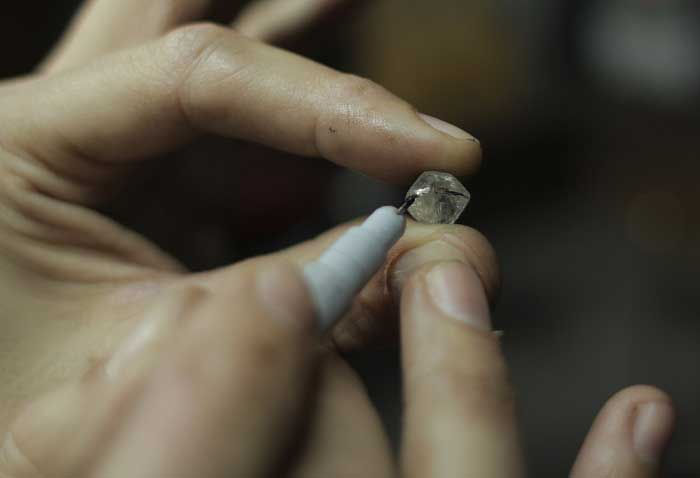
Marking the diamond before the cut
The Clarity Factor
Another factor that affects both colorless and color diamonds is the clarity factor. Since diamonds are crystallized stones where the light needs to easily reflect between all facets in order to display its brilliance, every flaw makes a difference. Therefore, when after the utmost sparkle, a diamond should have a high clarity level, or at least no inclusions in the crown or table of the stone. This will allow the light that is being reflected to be viewed in the clearest and best way possible.
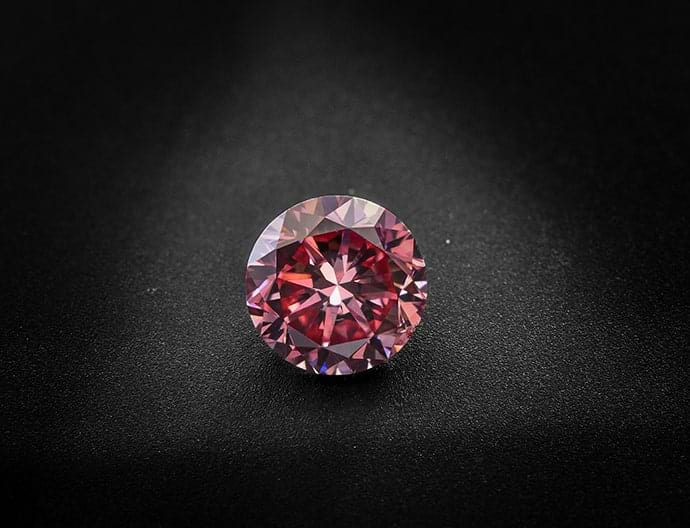
A 0.70 carat, Fancy Vivid Pink Diamond, Round Shape, SI1 Clarity, GIA
The Carat Factor
Bigger isn’t necessarily better, but the sparkle of a large diamond will be more noticeable than that of a smaller one, especially if they are of identical quality. However, if a diamond exhibits impeccable qualities, it will shine brilliantly even if it is on the smaller side.
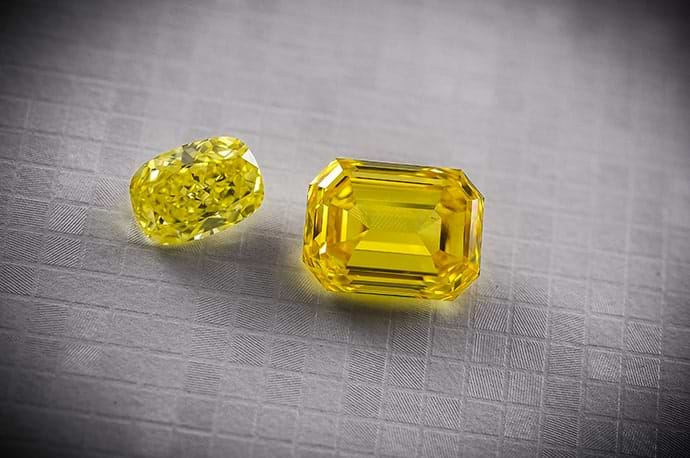
A 3.07ct fancy vivid orangy yellow diamond and a 1.07ct fancy vivid yellow diamond
The unique and intricate makeup of a diamond contributes to the one-of-a-kind sparkle that it exudes. That is why all “want-to-be” diamonds, even high quality ones such as colorless sapphires, do not come close to the attributes of a diamond, which make it all that it is. Other stones may sparkle, but there is nothing quite like the sparkle of a diamond.
Have a look at our collection of loose diamonds and let us know which are your favorite.

